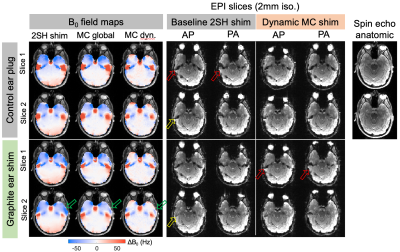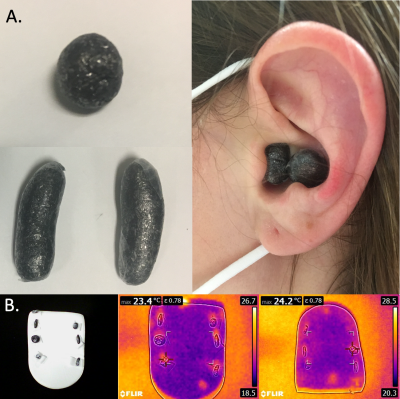Andrew Lithen1,2, Albert Tamashausky3, Berkin Bilgic1,4, Kawin Setsompop5, Bryan Kennedy1, Lilianne Mujica-Parodi1,2, Lawrence Wald1,4, Shahin Nasr1,4, and Jason Stockmann1,4
1A. A. Martinos Center for Biomedical Imaging, Massachusetts General Hospital, Charlestown, MA, United States, 2Dept. of Biomedical Engineering, Stony Brook University, Stony Brook, NY, United States, 3Asbury Carbons, Asbury, NJ, United States, 4Harvard Medical School, Boston, MA, United States, 5Dept. of Electrical Engineering, Stanford University, Stanford, CA, United States
1A. A. Martinos Center for Biomedical Imaging, Massachusetts General Hospital, Charlestown, MA, United States, 2Dept. of Biomedical Engineering, Stony Brook University, Stony Brook, NY, United States, 3Asbury Carbons, Asbury, NJ, United States, 4Harvard Medical School, Boston, MA, United States, 5Dept. of Electrical Engineering, Stanford University, Stanford, CA, United States
We combine active multi-coil B0 shimming with passive shimming to improve B0 field homogeneity in the human brain temporal lobes. Graphite flakes were mixed into silicone ear plugs to provide a non-toxic, MRI-safe material that replaces standard foam ear plugs used for scans to block noise.

Figure 4. B0 field maps and gradient echo EPI showing the impact of passive and active shimming, plus the combination of the two. Anatomic images show areas of signal dropout in EPI. The yellow arrows show voxels where the ear shim reduces signal dropout. The red arrows show a region of severe B0 artifacts that is improved by the active + passive shimming, but not fully mitigated. The green arrows show a region where the ear shim “overshoots” and actually worsens the shim in a region anterior to the B0 hotspot. Both global and dynamic MC shimming are effective in mitigating this overshoot field.

Figure 1. Panel A: Diamagnetic pyrolytic graphite was blended into a silicon putty to create a passive earplug shim. Spherical pieces were placed in the lobe adjacent to the elongated shim, which was inserted into the ear canal.
Panel B: Thermal images were obtained before and after scanning ear shim material in a receive array head coil. We conducted imaging of the shims at baseline and after running a turbo spin echo at 99% of the SAR limit for 10 minutes and gradient slew test with maximum slew rate EPI for 10 minutes. No significant change in temperature was observed.
